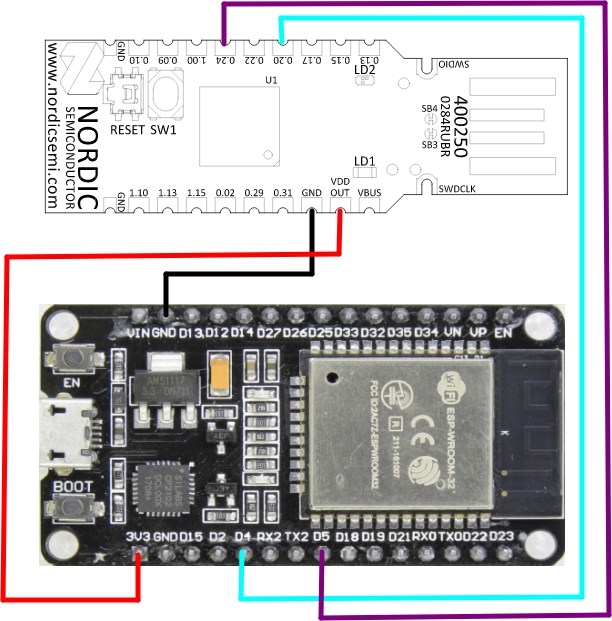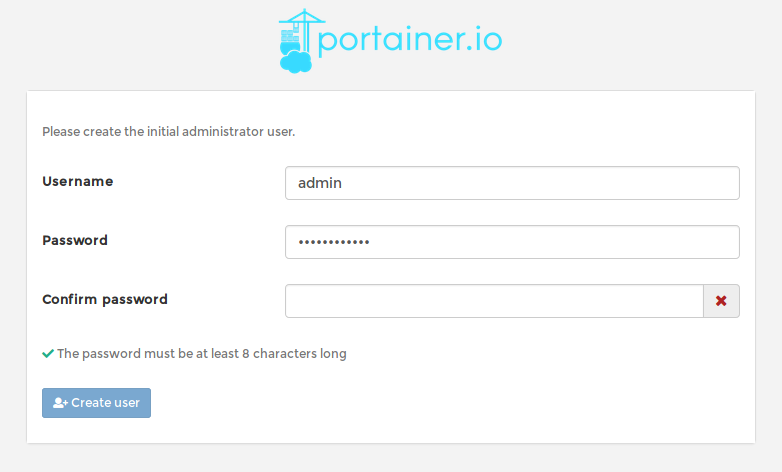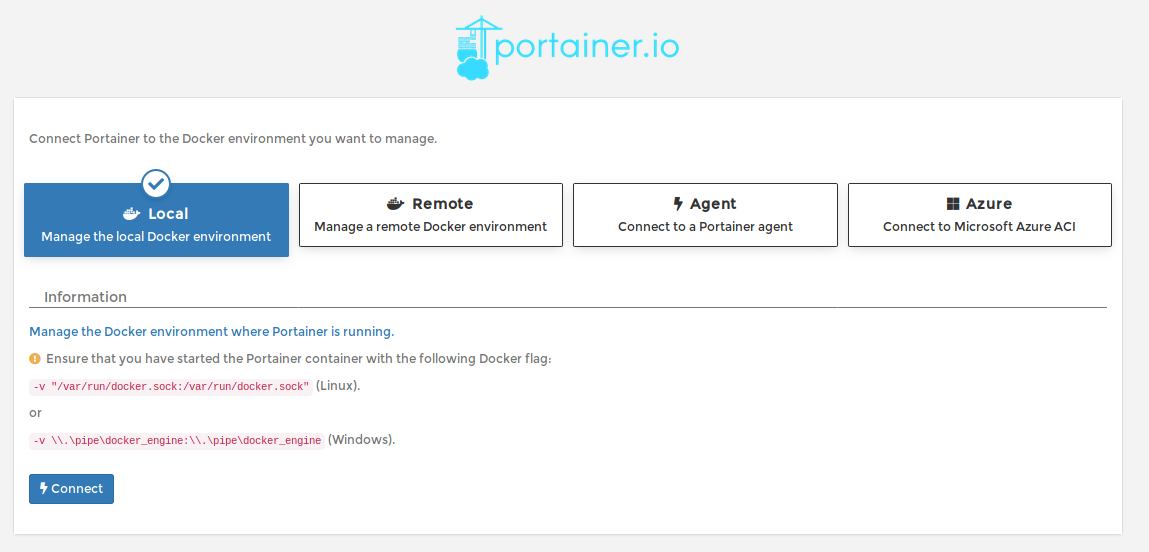So, I’ve bought a new light weight laptop, an HP Envy 13.3 1.2Kg I7, where I wiped out Windows 10 and installed Arch Linux.
Just for security reasons I’ve decided to do a full disk encryption install, including boot.
There are several instructions on the Web, including videos on youtube in how to do it, and so on this gist I have my instructions for the installation, based off course in other gists and instructions.
In this post is the configuration instructions that worked for me and also to allow better find from google/bing/ddg.
# WARNING: WORK IN PROGRESS, USE THESE STEPS WITH CAUTION. IT WILL CLEAR ALL DISK DATA!!
I REALLY recommend first to use a Virtual Box machine with EFI support enabled to test everything before doing it on a real machine.
# Arch installation on a HP ENVY 13 inch laptop (ah0006np part number: 16GB Ram, 512GB SSD)
OBJECTIVE: Install Arch Linux with encrypted boot, root and swap filesystems and boot from UEFI, completly dumping Windows on the process.
No dual boot.
Windows, if necessary will be run on a Virtual Machine and re-use the Windows key that came with the laptop.
The configuration will be LVM on LUKS. Also a major difference from other tutorials is that the boot partition is also encrypted, and not a standard partition.
# Results so far:
– Disk encryption ok. GRUB boots slow (20s). Otherwise works fine.
– Wireless works OOTB, but errors on dmesg output from time to time when there is high network traffic.
– Sound and microfone works ok.
– Webcam does work but needs configuration: See below at the end.
– Keyboard special keys work fine (brightness, Sound, Mute), including keyboard background lights, but F6 sound Mute Led does not work.
– Some screen corruption with the Intel Driver either SNA or UXA. Nouveau crashes, nvidia driver didn’t work. To be checked -> Issue with QT 5 and Konsole/Kate applications, not a Intel Driver issue.
– KDE SDDM doesn’t recover well if screen DPMS is activated. I’ve disable it so far to solve it.
– Suspend/resume works fine.
– Battery time so far, around 4/5 hours.
# Desired disk layout:
+---------------+----------------+----------------+----------------+
|ESP partition: |Boot partition: |Volume 1: |Volume 2: |
| | | | |
|/boot/efi |/boot |root |swap |
| | | | |
| | |/dev/vg0/root |/dev/vg0/swap |
|/dev/sda1 |/dev/sda2 +----------------+----------------+
|unencrypted |LUKS encrypted |/dev/sda3 encrypted LVM on LUKS |
+---------------+----------------+---------------------------------+
The final result is to have an Arch Linux Installation with full disk encryption and with a basic set of applications such as the KDE Plasma Desktop.
These instructions have several sources, namely:
https://grez911.github.io/cryptoarch.html
and this WordPress post.
The installation process on this guide is for the Arch Linux installation onto an HP Envy 13, 16GB RAM with 512MB ssd laptop. This laptop comes with Windows 10 Home installed, and as far as my model goes, it comes with an Intel WiFi board and a WD Sandisk SN520 512GB NVME SSD.
The official Arch installation guide contains more details that you should refer to during this installation process.
That guide resides at: https://wiki.archlinux.org/index.php/Installation_Guide
## Boot from image
Download the archlinux-\*.iso image from https://www.archlinux.org/download/ and its GnuPG signature.
Use gpg –verify to ensure your archlinux-\*.iso is exactly what the Arch developers intended. For example
at the time of installation:
$ gpg --verify archlinux-2017.10.01-x86_64.iso.sig
gpg: Signature made Sun 01 Oct 2017 07:29:43 AM CEST using RSA key ID 9741E8AC
gpg: Good signature from "Pierre Schmitz "
gpg: WARNING: This key is not certified with a trusted signature!
gpg: There is no indication that the signature belongs to the owner.
Primary key fingerprint: 4AA4 767B BC9C 4B1D 18AE 28B7 7F2D 434B 9741 E8AC
Currently the Arch ISO is archlinux-2018.11.01-x86_64.iso.
Burn the archlinux-\*.iso to a 1+ Gb USB stick. You can use the dd command, unetbootin or Etcher.
Connect the USB stick to the usb port and power on/cycle the machine to boot.
If your USB stick fails to boot, ensure that Secure Boot is disabled in your UEFI configuration.
Note: To access the BIOS on the Envy Laptop, turn on the laptop and press several times the ESC key or the F10 key to access the BIOS while the screen is black.
First I moved the boot order to have the USB boot at the top.
Then we need to disable the secure boot option and press F10 to save. Confirm saving it.
Attention now: There is a confirmation screen to really commit the secure boot option change. Enter the requested code and save.
After booting up:
Set your keymap only if not you are not using the default English keyboard.
$ loadkeys pt-latin1
We can now, if required backup the HP recovery partition, that I suppose is the Windows Install Media.
# Connect to the Internet.
Execute the wifi-menu command and select a Wifi network. On this HP Envy, the wireless card (Intel) was detected with no issues.
Check with the “ip a” command if there is network connection.
## Prepare your hard disk
In the next steps we will create necessary partitions and encrypt the main partition.
Find the correct block device
$ lsblk
In my case the correct block device (the NVME SSD of my laptop) is ‘nvme0n1’. (Depends on the machine)
Create and size partitions appropriate to your goals using gdisk.
$ gdisk /dev/nvme0n1
Press p to show the partitions.
In my case I have a 260Mb EFI partition, a 16MB Reserved Microsoft Partition, a 460GB partition and a 980MB and another 15GB partition.
From this point on, everything that is to be done, will destroy the disk data.
# Delete all partitions on disk
Use the d command to delete all partitions. Use d, then partition number. Repeat for all partitions
Press o to create the GPT.
Create three partitions: One for the EFI, one for boot and the other will be used to have the Arch Linux installation. To create a partition, press n:
1. Partition 1 = 512 MB EFI partition (Hex code EF00). Initial Sector: ; End: 512M; Type: EF00
2. Partition 2 = 1GB Boot partition (Hex code 8300)
3. Partition 3 = Size it to the last sector of your drive. (default) (Hex code 8E00 – Linux LVM Partition)
Review your partitions with the ‘p’ command.
Write your gdisk changes with ‘w’.
Check again the names with the blkid command to know the partitions name:
1. EFI: /dev/nvme0n1p1
2. BOOT: /dev/nvme0n1p2
3. Arch: /dev/nvme0n1p3
# Create filesystems
The EFI filesystem must be FAT32:
$ mkfs.vfat -F 32 /dev/nvme0n1p1
The other filesystems are to be encrypted.
(optional) Before creating the partitions we can use the command
cryptsetup benchmark
to see how fast the different encryption algoritms are.
# Encrypted /boot partition
$ cryptsetup -c aes-xts-plain64 -h sha512 -s 512 --use-random luksFormat /dev/nvme0n1p2
$ cryptsetup open /dev/nvme0n1p2 cryptboot
$ mkfs.ext4 /dev/mapper/cryptboot
The first command will ask for the disk passphrase. Do not forget it!.
ATTENTION: The first crypsetup command will set the LUKS with default iter-time parameters, which may or may not make grub to boot slow (around 20s). If this is not fine add the following parameter: –iter-time=5000 (This will affect security, so use a large key phrase)
The last command will create a /dev/mapper/cryptboot device.
We can check that it was created with the command ls /dev/mapper
# Create encrypted LUKS device for the LVM
cryptsetup -c aes-xts-plain64 -h sha512 -s 512 --use-random luksFormat /dev/nvme0n1p3
cryptsetup open /dev/nvme0n1p3 cryptlvm
## Create encrypted LVM partitions
These steps will create the required root partition and an optional partition for swap.
Modify this structure only if you need additional, separate partitions. The sizes used below are only suggestions.
The VG and LV labels ‘ArchVG, root and swap’ can be changed to anything memorable to you. Use your labels consistently, below!
$ pvcreate /dev/mapper/cryptlvm
$ vgcreate ArchVG /dev/mapper/cryptlvm
$ lvcreate -L +16G ArchVG -n swap
$ lvcreate -l +100%FREE ArchVG -n root
Again, we can see on /dev/mapper if the logical volumes where created.
## Create filesystems on your encrypted partitions
$ mkswap /dev/mapper/ArchVG-swap
$ mkfs.ext4 /dev/mapper/cryptboot
$ mkfs.ext4 /dev/mapper/ArchVG-root
Mount the new system
mount /dev/mapper/ArchVG-root /mnt
swapon /dev/mapper/ArchVG-swap
mkdir /mnt/boot
mount /dev/mapper/cryptboot /mnt/boot
mkdir /mnt/boot/efi
mount /dev/nvme0n1p1 /mnt/boot/efi
# Install the Arch system:
This installation command provides a decent set of basic system programs which will also support WiFi when initially booting into your Arch system.
At this point we need to have a network connection. Since the HP only has Wifi connection, we need to setup the WiFi connection. Other alternative is to use an Ethernet USB dongle that is recognized by the Arch boot ISO.
Also, if you are behind a proxy, you can set the http_proxy and https_proxy variables to access the internet.
(Optional) Use reflector to speedup download (credit goes to u/momasf)
Change COUNTRY to (surprise) your country name.
pacman -Sy reflector
reflector --country 'COUNTRY' --age 12 --protocol https --sort rate --save /etc/pacman.d/mirrorlist
I won’t install base-dev here to save time at the installation.
$ pacstrap /mnt base grub-efi-x86_64 efibootmgr dialog wpa_supplicant vim
# Create and review FSTAB
The -U option pulls in all the correct UUIDs for your mounted filesystems.
$ genfstab -U /mnt >> /mnt/etc/fstab
$ nano /mnt/etc/fstab # Check your fstab carefully, and modify it, if required.
Enter the newly installed system
$ arch-chroot /mnt /bin/bash
Set the system clock, you can replace UTC with your actual timezone
$ ln -fs /usr/share/zoneinfo/Europe/Lisbon /etc/localtime
$ hwclock --systohc --utc
Assign your hostname
$ echo mylaptop > /etc/hostname
My requirements for the locale are:
– Metric system
– 24h time format
– dd/mm/yyyy date format
– Portuguese language
– A4 paper size
– But all help, error messages are in English
The *pt_PT.UTF-8* plus *en_US.UTF-8* locale meets those requirements. To set up this locale:
– In /etc/locale.gen
en_US.UTF-8 UTF-8
pt_PT.UTF-8 UTF-8
– In /etc/locale.conf, you should **only** have this line:
LANG=en_US.UTF-8
We will change other settings on Bash profile.
Now run:
$ locale-gen
Create a new file vconsole.conf so that the console keymap is correctly set at boot. Create the file and add the following line:
KEYMAP=pt-latin1
Set your root password
$ passwd
Create a User, assign appropriate Group membership, and set a User password.
$ useradd -m -G audio,games,log,lp,optical,power,scanner,storage,video,wheel -s /bin/bash memyselfandi
$ passwd memyselfandi
Configure mkinitcpio with the correct HOOKS required for your initrd image
$ nano /etc/mkinitcpio.conf
Use this HOOKS statement: (I’ve moved keyboard before keymap, encrypt and so on…)
HOOKS="base udev autodetect modconf block keyboard keymap encrypt lvm2 resume filesystems fsck"
Generate your initrd image
mkinitcpio -p linux
## Install and configure Grub-EFI
Since we have the boot partition INSIDE the encrypted disk, we need to add the following option to the Grub options:
Edit the file /etc/default/grub and uncomment the following line:
GRUB_ENABLE_CRYPTODISK=y
And then we can install Grub, which will create an EFI entry named ArchLinux
grub-install --target=x86_64-efi --efi-directory=/boot/efi --bootloader-id=ArchLinux
Edit /etc/default/grub so it includes a statement like this:
GRUB_CMDLINE_LINUX="cryptdevice=/dev/nvme0n1p3:cryptlvm resume=/dev/mapper/ArchVG-swap i915.enable_guc=3"
I’ve also added the i915 configuration line.
Other way of doing it is to use UUID:
blkid /dev/nvme0n1p3 -s UUID -o value
And use the UUID outputed on this command line:
GRUB_CMDLINE_LINUX="cryptdevice=UUID=55994-XXXX-xXXXX-XXXXX:cryptlvm resume=/dev/mapper/ArchVG-swap"
Generate Your Final Grub Configuration:
$ grub-mkconfig -o /boot/grub/grub.cfg
At this point there are some errors regarding failing to connect to lvmetad, which are normal and can be ignored.
# Mounting /boot without password request
Grub will ask for passwords to access the encrypted volumes. We can do this automatically:
dd bs=512 count=8 if=/dev/urandom of=/etc/key
chmod 400 /etc/key
cryptsetup luksAddKey /dev/nvme0n1p2 /etc/key
echo "cryptboot /dev/nvme0n1p2 /etc/key luks" >> /etc/crypttab
# Mounting root LVM without password prompt
dd bs=512 count=8 if=/dev/urandom of=/crypto_keyfile.bin
chmod 000 /crypto_keyfile.bin
cryptsetup luksAddKey /dev/nvme0n1p3 /crypto_keyfile.bin
sed -i 's\^FILES=.*\FILES="/crypto_keyfile.bin"\g' /etc/mkinitcpio.conf
mkinitcpio -p linux
chmod 600 /boot/initramfs-linux*
The mkinitcpio.conf FILES line will look like:
FILES="/crypto_keyfile.bin"
# Enable Intel microcode CPU updates (if you use Intel processor, of course)
pacman -S intel-ucode
grub-mkconfig -o /boot/grub/grub.cfg
# Check EFI Boot Manager
Check that the EFI Boot manager has the ArchLinux entry:
$ efibootmgr
For example if ArchLinux entry is Boot0003, check if on the boot order, 0003 is on the head of the list.
If not change the order with:
$ efibootmg -o 0003,0002,0001,0000
Exit Your New Arch System
$ exit
Unmount all partitions
$ umount -R /mnt
$ swapoff -a
Reboot and Enjoy Your Encrypted Arch Linux System!
reboot
___
# Setup system
We need again to connect to the internet, so run again the *wifi-menu*.
Install bash completion for reduced typing effort and other packages if necessary:
$ pacman -S sudo bash-completion base-devel git
To be able to use sudo from your normal user add wheel to sudoers.
$ EDITOR=nano visudo
Uncomment the line
%wheel ALL=(ALL) ALL
From this point on, it really depends of what need there is for the machine.
# Making the webcam to work.
The webcam id appears at the lsusb output:
Bus 002 Device 001: ID 1d6b:0003 Linux Foundation 3.0 root hub
Bus 001 Device 003: ID 8087:0a2a Intel Corp.
Bus 001 Device 002: ID 04ca:7090 Lite-On Technology Corp.
Bus 001 Device 001: ID 1d6b:0002 Linux Foundation 2.0 root hub
The webcam is the Bus 001:002 device: ID 04ca:7090.
Add the following rule at /etc/udev/rules.d
KERNEL=="video[0-9]*", SUBSYSTEM=="video4linux", SUBSYSTEMS=="usb", ATTRS{idVendor}=="04ca", ATTRS{idProduct}=="7090", SYMLINK+="video-cam"
Load the module to activate the webcam:
modprobe uvcvideo
The /dev/video0 and 1 devices should appear.













